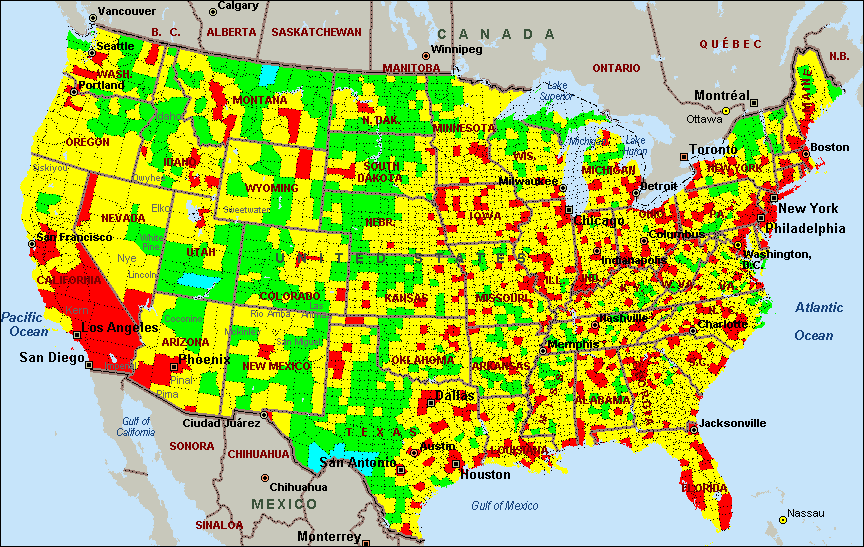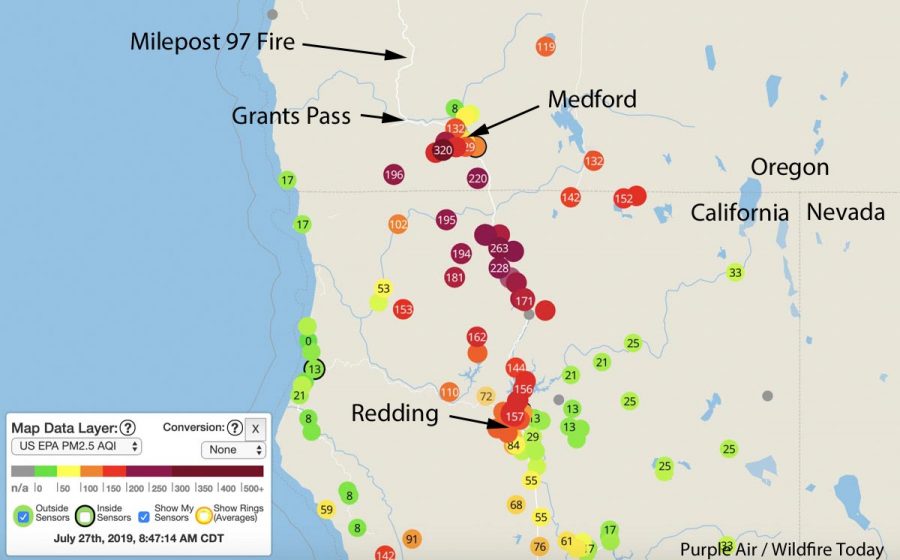
What forms of pollution are found in Kamloops? Whilst these are some of the more ambient pollution causes present in Kamloops, it stands to reason that the city still maintains a very positive level of air quality, and the huge leaps in pollution seen during certain times of the year are predominantly caused by the advent of forest fires. Certain months of the year may drive these emissions up significantly, due to colder weather causing increased demand for energy to heat both homes and businesses. Factories, power plants and industrial areas that utilize fossil fuels such as coal, natural gas and diesel can also give out their own forms of pollution. Why is Kamloops experiencing higher polluted levels?īesides wildfires causing huge elevations in pollution readings, other sources of air pollution present in Kamloops include ones such as fumes and emissions from vehicles. In closing, Kamloops is a city with a great quality of air, but due to the occurrence of wildfires, can also have extremely high pollution levels, which heavily skewed the pollution readings for July in 2021.

Other readings taken throughout July indicate that the higher levels of pollution were consistent throughout the month, except for a few days whereby the readings fell significantly. This rating is color-coded as red, as with each pollution rating there is a related color code, with the more dangerous levels of air pollution carrying with them darker colors such as red, purple and maroon, for ease of use and navigation when referring to the air quality maps and forecasts.ĭuring the time in which this US AQI reading was taken, the PM2.5 concentration was recorded as being over 7 times higher than the WHO's recommendation exposure. This placed it into the 'unhealthy' rating bracket, which requires a US AQI reading of anywhere between 151 to 200 to be classified as such.

In late July of 2021, Kamloops presented with a US AQI reading of 160. Preventative measures and what actions to take are also discussed further in the article, as well as under the health recommendations section at the top of this page. To compound the situation further, the wildfires can cause the pollution readings to go up to levels that present serious health risks for all members of the population. These causes will be discussed in further detail in the following question. Whilst Kamloops maintains a great level of air quality throughout much of the year, there are consistent or ambient sources of pollution present that drive up the pollution levels slightly. However, in July of 2021, large elevations in the US AQI level were seen, due to the occurrence of wildfires in the vicinity. In regards to its air quality, Kamloops has seen some great levels of air cleanliness in years past and continues to do so in more current times. Testing the correction scheme for the research data set of wildland fire smoke events revealed that the corrected data compared closely with the reference monitors and produced similar NowCast AQI categories.Kamloops is a city located in the south-central region of British Columbia, the westernmost province of Canada.

For the national data set of sensors collocated with regulatory-grade monitors, results show that PurpleAir sensors, when corrected, accurately report NowCast AQI categories 90% of the time as opposed to uncorrected PurpleAir data, which are accurate only 75% of the time. Hourly NowCast Air Quality Index (AQI) categories are calculated using the raw and corrected PurpleAir PM2.5 concentrations, as well as for the collocated reference monitor. Results suggest that the PurpleAir raw PM2.5 data overestimate PM2.5 by ~60% in most states under various conditions.
Purple air quality series#
A secondary data set was included to test the data correction scheme for wildland fire smoke conditions (including wildfires and prescribed burns) – a series of research field deployments of PurpleAir sensors collocated with temporary smoke monitors that are of near-regulatory grade quality (EBAMs and E-Samplers). Here, we use data from PurpleAir sensors collocated with regulatory-grade monitors across the United States to develop quality assurance checks and a multilinear correction equation (including temperature and relative humidity) for PurpleAir PM2.5 data. The performance of these sensors must be evaluated during smoke impacted times, and nominally corrected for bias if necessary, to ensure accurate data are reported to inform appropriate health protective actions. PurpleAir particulate matter (PM) sensors are increasingly used in the United States and other countries by a variety of individuals and organizations for continuous monitoring of ambient air pollutant conditions, with additional sensors often deployed for monitoring during wildfire smoke episodes.


 0 kommentar(er)
0 kommentar(er)
